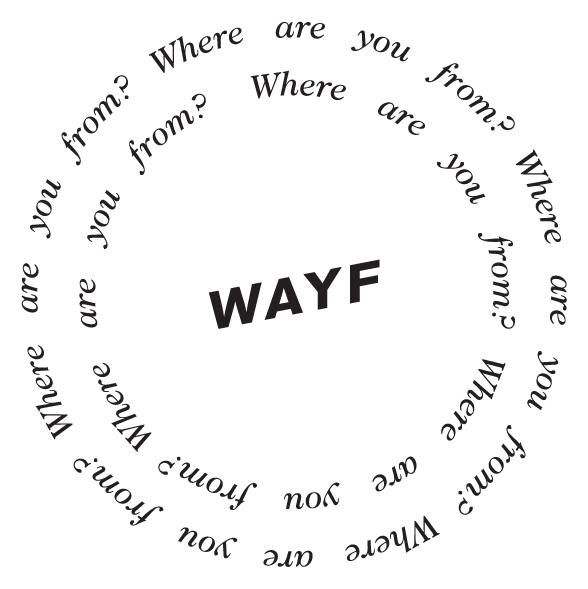Three generations of women
Sandra Tan
An amazing thing about female biology is that, from before birth, we have all of the eggs that we’re ever going to have. That means my mum was carrying the egg that became me when she was a baby growing inside her mother. There’s a real biological through-line between us, despite being very different people.
Growing up in the Philippines, my grandma Lola Olive was known for her beauty. She was the oldest of nine kids, and her mum was mostly a single parent. When she was 16 and still in high school, she met my grandpa who was six years her senior. By today’s standards, that’s quite an age gap, but they did the honourable thing (for that time)—got married and had my mum. They went on to have four more kids and Lola became completely wrapped up in the family. While I was growing up, in the era of 90s girl power, she truly seemed like a woman of another generation. But as I matured, she became more relatable and I realised there was so much more to her as an individual ... In her late 40s, she travelled solo from the Philippines to Japan, and then to Canada. In Melbourne, she’s part of a social group of Filipino women, called Damayan, and they do performances, karaoke nights and trips to the casino. To those who don’t know Lola well, she might come across as quiet, but she has a surprisingly cheeky sense of humour that always catches me off guard—I love that about her.
Unlike Lola, my mum Sylvia was a bit of a tomboy. She climbed trees, did sports and had lots of guy friends. Being the firstborn child, as my mum grew up, she and Lola became really close—like sisters. Lola was so young when she became a mother, and the family didn’t have a lot of money, so Mum learned to help around the house from when she was just a little girl. She would cook meals using fresh veggies from their garden in a little outdoor kitchen with tiny pots and pans. She told me that she and her brother even had to kill one of their chickens, because there was no one else to do it. I always wonder what that would have been like for them, like: Ok, you’re hungry, you’re gonna have to kill this chicken. What a sobering realisation to have as a child.
My parents met when they were 15 years old, at my dad’s parents’ diner. It was love at first sight, but also, a bit tricky for them in the beginning. Some doubted their puppy love would last. Dad’s family migrated to Australia a few years later in the late 1970s, so their relationship was long-distance for a while, but they made it work. Mum joined Dad in Australia at the age of 21. They made a beautiful life together, and still act like high school sweethearts.
Where I spent the first five years of my life hugely influenced who I am today, because I was born into a village. At home it wasn’t just me and my parents—there were my grandparents in one room, my uncle in another, and my two aunties in the next. We all lived like that until a year after my brother was born, when my parents started their own household.
Aside from being close to my family, we didn’t really connect to the culture outside of that. Living in the North we were removed from most of the Filipino community, who were predominantly out in the West. At school, being Asian put me in the minority, so exploring my heritage has been a relatively recent and intentional pursuit for me.
I travelled to the Philippines without my parents in my early 20s. I’d tagged along on a trip with my cool uncle—who was a pretty loose unit—who encouraged me to go and do my thing. I finally saw my parents’ hometown, Cagayan de Oro, through my own eyes, rather than on the family schedule.
And suddenly I was out making my own memories, getting drunk with my cousins and experiencing the town as a young person. It was really beautiful. After that I started making an effort to speak Bisaya out in the community. It was a revelation—to realise I could access this connection myself, that I didn’t need my family as a gateway.
Going back to that whole babushka doll thing. Between Lola, Mum and me, I like to think our story shows three women who share a fierce love for family, who have walked such different paths, but who are each an example of a strong Filipino woman. There’s comfort in feeling that with each generation we might run a little further than the last, as more life choices open up to us.
